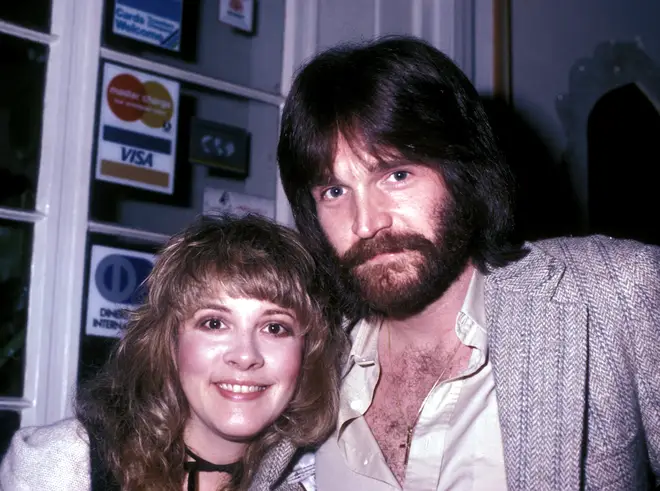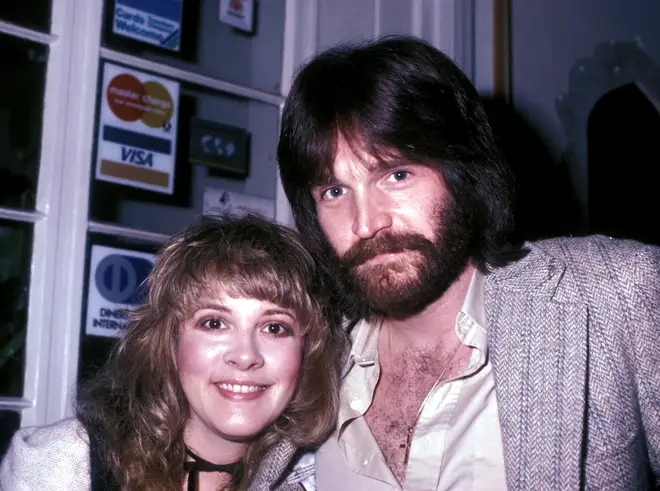Stevie Nicks experienced phenomenal success during the 1980s.
Following the 1977 publication of their groundbreaking soft rock album Rumours, British-American band Fleetwood Mac rose to popularity as one of the biggest in the world.
The Mac were well-known not only for their success on the charts but also for the drama that occurred behind the scenes and had an impact on the album.
Naturally, rather than overshadowing their work, the personal ties amongst the members of Fleetwood Mac only served to heighten the interest surrounding the group.
The band’s attempt at a follow-up, Tusk (1979), was not entirely successful. Though a very good double album, Rumours was almost destined for disaster after its phenomenal global success. As the band’s formidable witchy poster girl, Stevie Nicks then made the decision to take a stab at a solo career, releasing Bella Donna in 1980.
It was a phenomenal hit that lasted three years on the Billboard charts and turned platinum. It gave rise to great songs like “Edge of Seventeen,” “Stop Draggin’ My Heart Around” with Tom Petty, and “Leather and Lace” with Don Henley of the Eagles.
In terms of her music career, everything Stevie touched seemed to turn to gold, but even greater loss shrouded her personal life.
The same year Bella Donna made her television debut, Robin Anderson, her closest confidant and best friend, received a terminal leukemia diagnosis and soon after became pregnant.
Only a few weeks after her untimely death, Stevie Nicks made the decision to wed Robin’s husband due to the profound impact of her loss. Speaking about the extreme sadness of that period of her life, Stevie disclosed what transpired in 1998 on the VH1 documentary series Behind The Music.
She recalled, “My very best friend Robin called me and told me she had terminal leukaemia and that they thought that maybe she might last three months.”
“So, without a doubt, it was the absolute high and low of success. I never got to enjoy Bella Donna at all because my friend was dying; something went out that day, something left. She died, and they took the baby, and it was like he was three months premature, and it was horrible, it was such an upsetting situation.”
Nicks added, “Everyone was just so devastated, and there was this little premature baby, and I just went crazy.”
“She had just been in my life since I was 14. She was the one person that knew me for the person I really was and not for the famous Stevie, and it was good to have someone who knew the real you besides just your mom and dad.”
Infidelity with bandmates was one thing; mixing relationships with personal friends and family was quite another.
Feeling overwhelmed by grief and astonishment, Stevie decided to become Matthew’s surrogate mother and wed Kim Anderson, Robin’s spouse. Nicks spoke to Us magazine in 1990 about the profound effect that losing her best friend under such difficult and tragic circumstances had on her life.
“Robin was one of the few women who ever got leukaemia and then got pregnant. And they had to take the baby [Matthew] at six-and-a-half months, and then she died two days later. I just went insane. And so did her husband. And we were the only two that could really understand the depth of the grief that we were going through.”
She added, “And I was determined to take care of that baby, so I said to Kim, ‘I don’t know, I guess we should just get married.’ And so we got married three months after she died, and it was a terrible, terrible mistake. We didn’t get married because we were in love, we got married because we were grieving, and it was the only way that we could feel like we were doing anything. And we got divorced three months later.”
The couple married while experiencing immeasurable pain and a distorted sense of duty for their infant son Matthew. However, they soon realized their mistake and filed for divorce.
Stevie Nicks has only ever been married once in her life, and it undoubtedly had a lastingly bad impact on her.
With the exception of occasionally trading gifts for Matthew, Stevie and Robin’s spouse Kim virtually cut each other out of each other’s life following their divorce.
In the same Us magazine interview, Stevie discussed the events leading up to that day, saying, “I haven’t seen Kim, nor have I seen Matthew since that day.”
“I suppose that Matthew will find me when he’s ready. I mean, I am, really – next to Robin – his mommy. But Kim and I can’t deal with each other at all. So when the baby’s old enough, I have all of his mother’s things, and I have her life on film for 14-15 years. I have us on tape singing, I have a beautiful book that I wrote the year that she died, I have a roomful of stuff for him. I have his mother to give back to him when he’s ready.”
There was a somewhat happy ending to this strange and heartbreaking tale of love, loss, and unimaginable pain.
In an interview with The Daily Telegraph in 2015, Nicks disclosed that she was utterly “deranged” at that time in her life.
But throughout the entire hardship, she made it clear that “all I cared about was that little boy, Matthew,” and she meant it.
The two have now reconnected, with Nicks financing Matthew’s college education in Atlanta and subsequently disclosing that his daughter, Robin, named after his late mother, refers to her as “Grandma Stevie”.
Anyone who has gone through a period of intense grief understands that for many people, the mourning process includes illogical thought.
The Fleetwood Mac song “Gypsy,” written by Stevie Nicks, is now a memorial to her close friend who passed away so tragically.
The song was originally intended to be included on her solo album Bella Donna, but upon the publication of Mirage in 1982, it became a massive smash for the best-selling band.
It was a tune that Stevie later described as being “full of desire.” The phrase “longing for who you used to be” has a whole new meaning after you lose someone you love deeply and want for simpler times. The tone perfectly conveys this feeling.


